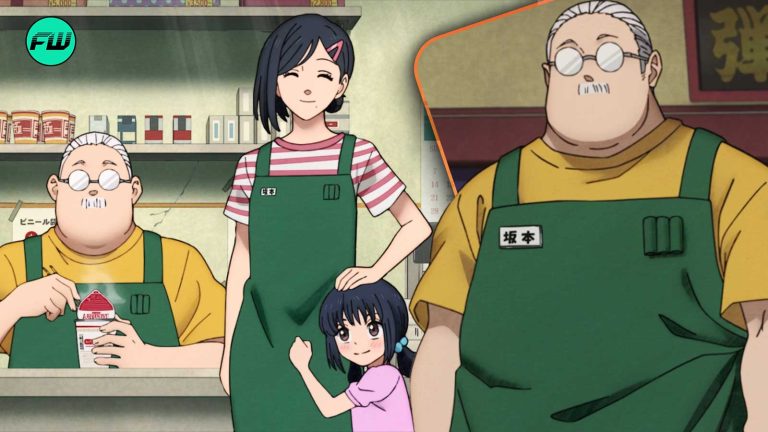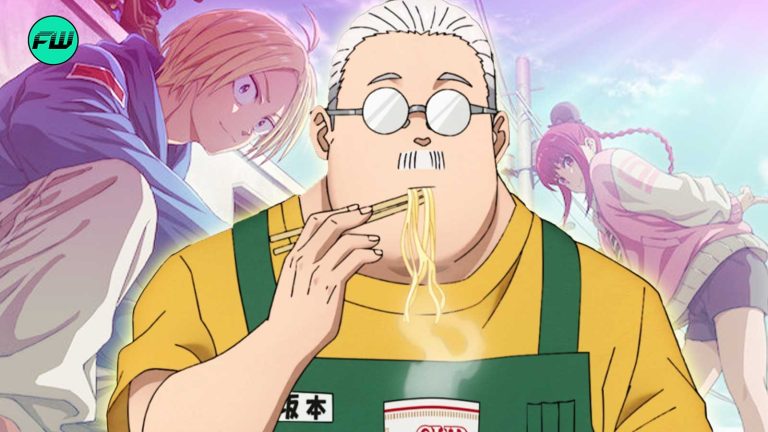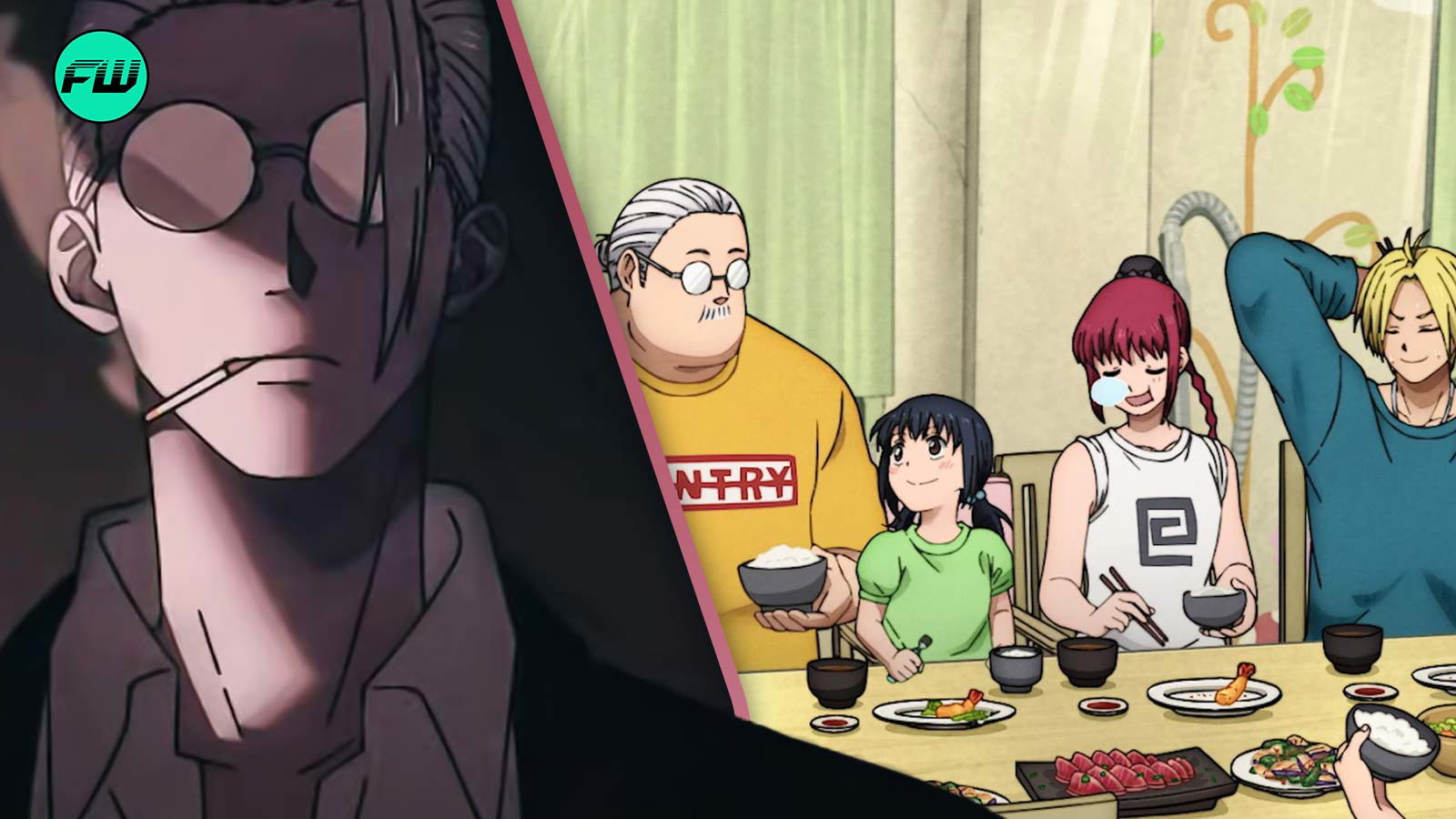
Whether you hate or love the anime adaptation of Sakamoto Days, it still delivers the storyline effectively. Yuto Suzuki doesn’t need to beat around the bush, a simple and concise message is sometimes the best. In the daily life of a retired assassin whose life is threatened daily, old habits die hard.
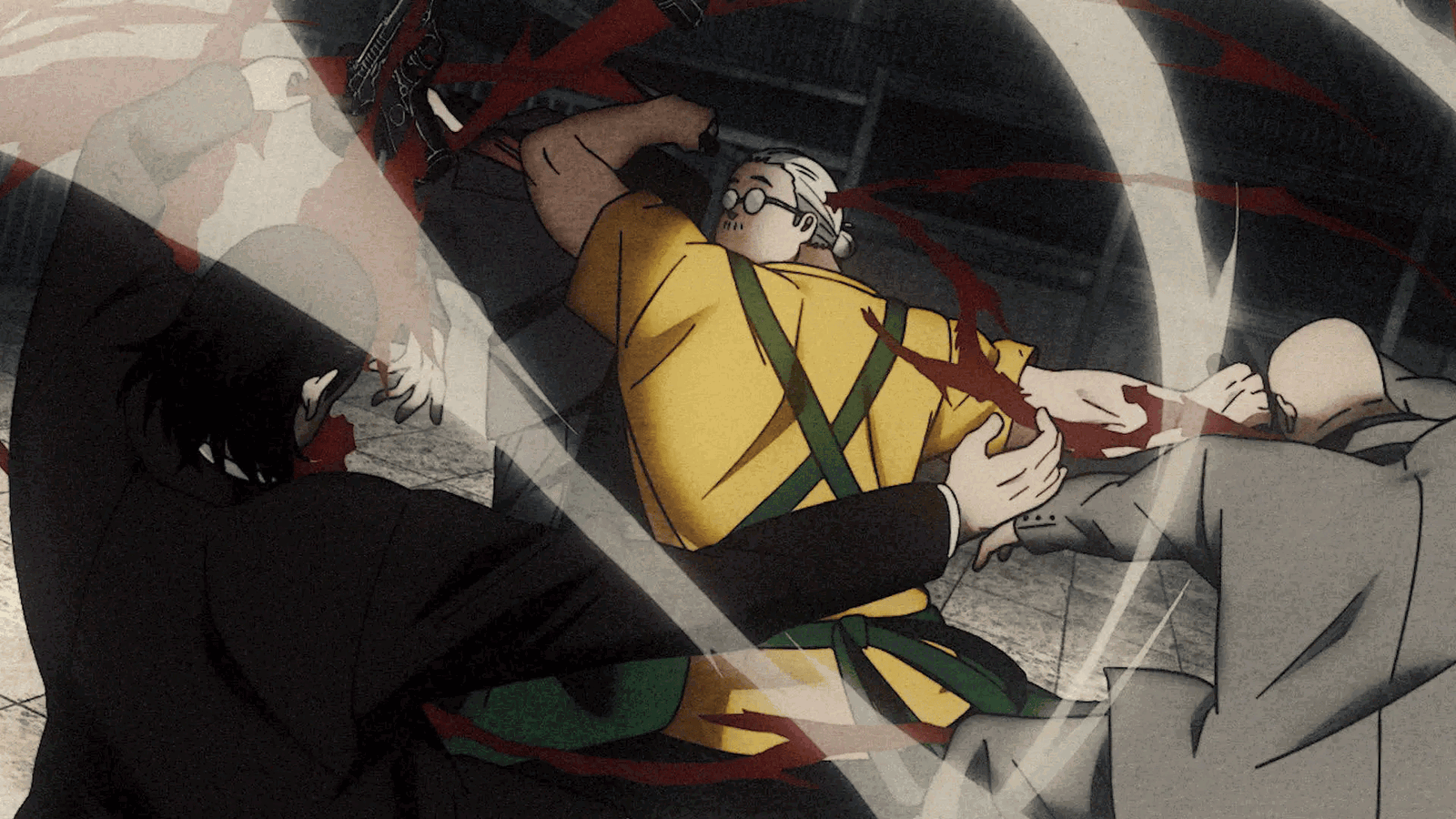
The main core of Sakamoto Days is about how far the retired assassin, Taro, is willing to go to protect his family. Ever since he promised his wife not to kill anyone after he abandoned his lifestyle, he’s been living peacefully until it came to haunt him back.
Now, his old gang and others are out for blood. His wife and daughter are now caught in the crossfire of it, including his workers who were employed to help protect them. So what will Sakamoto and others do in the face of danger? Keep his wife’s promise or do what it takes to ensure their safety?
The art of hypocrisy and restraint in Sakamoto Days
Sakamoto didn’t immediately retire after beginning to date Aoi. He was so used to being an assassin, he didn’t realize how much it would affect her. To any normal civilian, it’s a horrid and violent profession. It was reasonable of her to ask him to retire and instead start helping people.
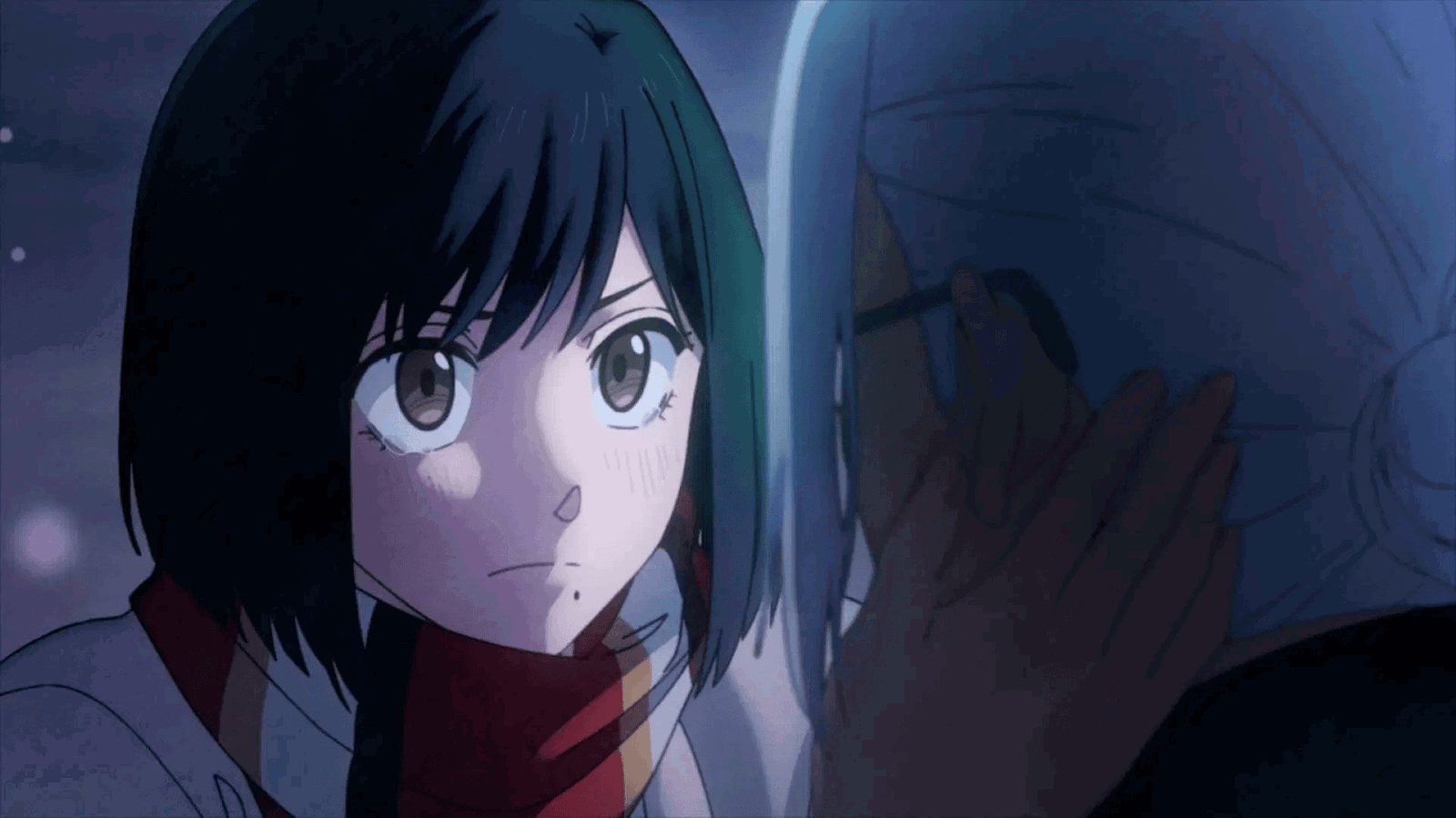
He then leaves the Order for good but of course, the consequences follow him. Despite being a powerful assassin, he employed a few people to help protect his family while also protecting them. He makes them keep the same promise. However, throughout the story, their resolve to keep it gets tested.
Kei Uzuki, the main antagonist of Sakamoto Days, is the biggest threat they’ve faced. He threatens Hana, their daughter, and Sakamoto cannot let that slide. Later on, Shin finds his restraint breaking with Tenkyu, another ruthless villain.
This brings up the question: who decides who is worth saving and killing? Aoi might operate on the philosophy that everyone has someone they care for, but for everyone else, that line blurs when it becomes personal. This Redditor puts it precisely.
Comment
byu/amphloo from discussion
inSakamotoDays
Sakamoto Days doesn’t need thrilling action sequences to deliver this core message. While the anime isn’t all bad, it could ditch the comedy a bit and focus on the morality of killing and the hypocrisy of pacifism.
Netflix can still save Sakamoto Days if they change their writing style
While Yuto Suzuki is the original mangaka for Sakamoto Days, Taku Kishimoto is in charge of the Netflix anime adaptation. He was previously screenwriting for series such as Haikyu!!. This might be why Sakamoto Days has become more inclined towards comedy.
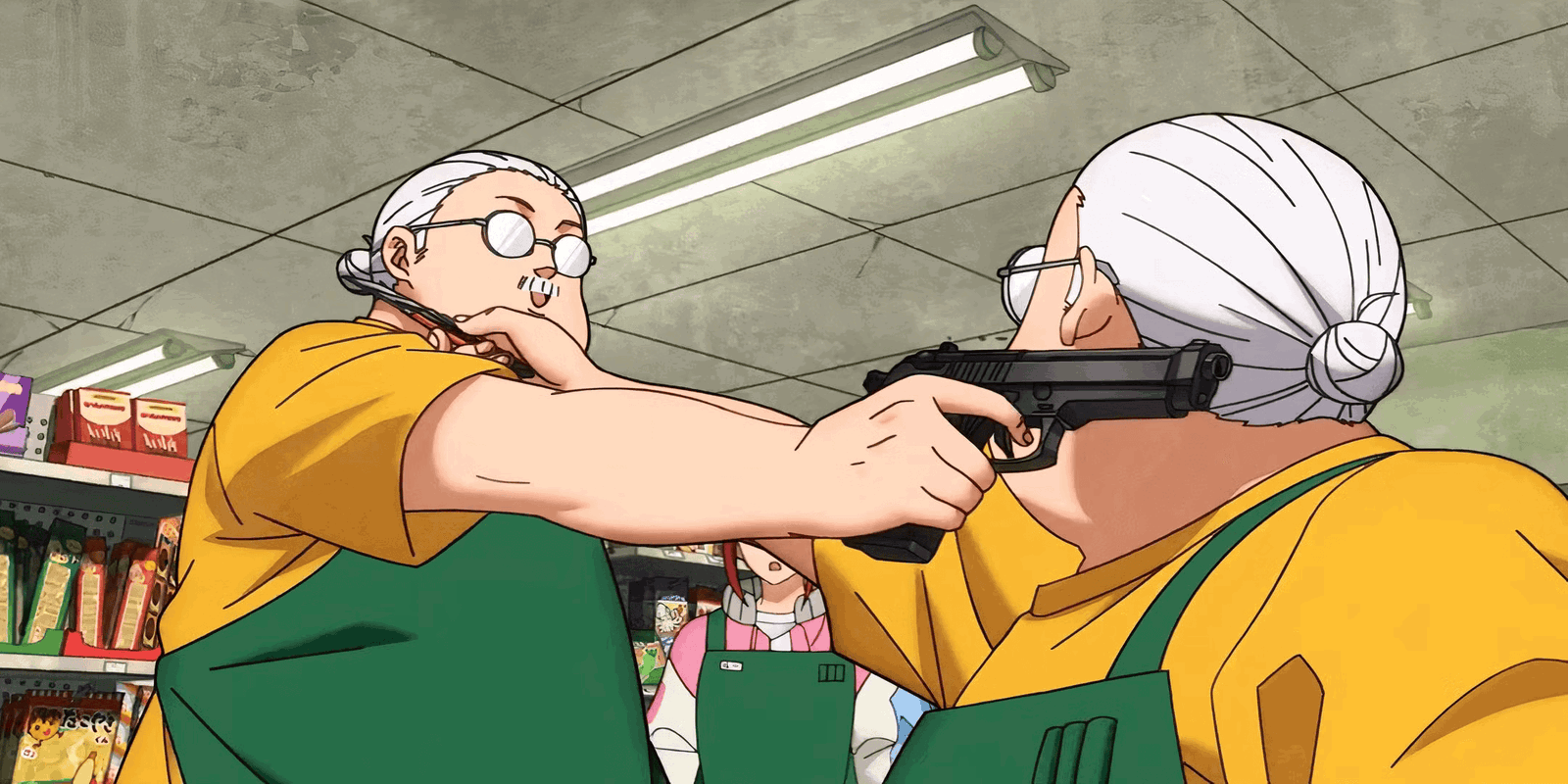
While the animation style is the main complaint, the anime is also lacking in any substance. Fans are already accusing Netflix of making it into a Spy x Family rip-off. It uses humor as its crutch and nothing else.
If Netflix wants to take feedback seriously, it can hone in on the straightforward depiction of morality. The fights don’t need to be thrilling if they can show how some of the fights can really make the characters falter.
Sakamoto Days is available on Netflix.
This post belongs to FandomWire and first appeared on FandomWire
